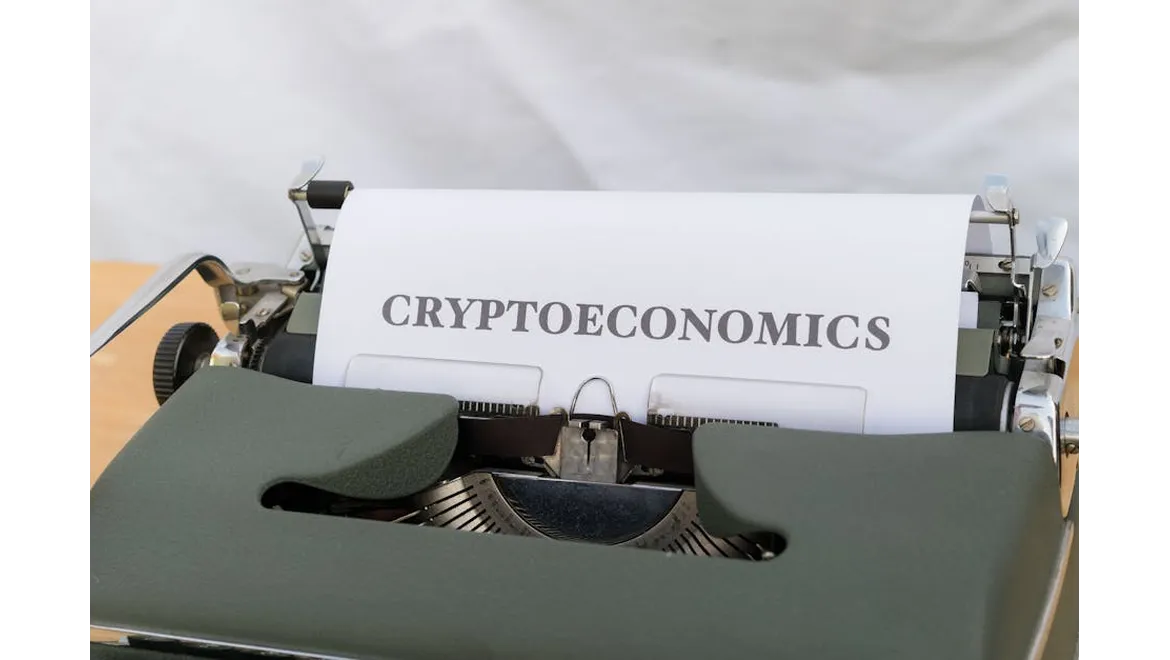Alright, let’s talk tokenomics. I’ve been neck-deep in this stuff lately, researching articles about how vital it is for any serious crypto project. The cold, hard truth? People might adore your whitepaper and the vision you’re selling, but they won’t part with their hard-earned cash unless they see a credible path to profitability. That’s where robust tokenomics comes in.
It’s not just about slinging tokens; it’s about designing a system that encourages long-term growth, fosters community engagement, and builds trust. One of the most crucial aspects I’ve been researching is vesting schedules. Think of it as a commitment ceremony for your team, founders, and early backers.
The Power of Vesting Schedules: A Lock-Up Lullaby
Vesting schedules are essentially a token lock-up mechanism. They incentivise key players to stick around for the long haul. Imagine a scenario where the founders immediately dump all their tokens after the initial sale. Confidence? Gone. Price? Plummeting. A well-structured vesting schedule prevents this. There are different flavours to consider:
-
Linear Vesting: This is the most straightforward. Tokens are released gradually over a set period, like a steady drip-feed. For example, 20% of tokens vest each year for five years. Simple, predictable, and easy to understand.
-
Cliff Vesting: A cliff vesting schedule involves a waiting period before any tokens are released, followed by a lump-sum distribution. Think of it as delayed gratification. A common cliff is 12 months, followed by a gradual release afterwards. This ensures commitment during the crucial early stages of the project.
-
Hybrid Approaches: You can even blend these! A cliff followed by linear vesting provides initial security and continued alignment.
The key is tailoring the schedule to your project’s specific needs. Consider the roles and responsibilities of each group. Founders might have longer vesting periods than advisors, for example. Clearly communicating the vesting schedule builds trust and reduces the risk of early dumps, positively impacting token price stability.
Token Sales: Beyond the ICO Hype
Now, let’s delve into the fundraising side of things. The ICO craze of 2017 is mostly behind us. Today, we’ve got a whole buffet of options, each with its own implications for token price, distribution, and community engagement. I’ve been focusing on these models:
-
Initial Coin Offerings (ICOs): The classic, direct-to-consumer approach. You create tokens and sell them directly to the public, usually in exchange for established cryptocurrencies like Ethereum or Bitcoin. The downsides? Regulatory scrutiny and the potential for scams made them less fashionable, but it is the original method of fundraising in the crypto world.
-
Initial Exchange Offerings (IEOs): Instead of doing it yourself, you partner with a cryptocurrency exchange to handle the token sale. This adds a layer of legitimacy and provides access to a ready-made user base. The exchange vets the project, giving investors more confidence, and often helps with marketing and distribution.
-
Initial DEX Offerings (IDOs): Launched on decentralised exchanges (DEXs), IDOs offer greater transparency and accessibility. Anyone can participate, and listing is typically permissionless. This lowers the barrier to entry for both projects and investors. However, IDOs can be more volatile and require strong community engagement to succeed.
-
Continuous Auction Mechanisms: This a more experimental approach, where tokens are continuously sold via an auction. This can theoretically lead to a fairer price discovery process as the market determines the price over time. However, these mechanisms are complex and may require advanced technical expertise to implement.
The choice of token sale model depends on various factors, including your project’s goals, regulatory environment, and target audience. ICOs give you the most control but require the most effort. IEOs offer legitimacy and access to a larger audience, while IDOs provide decentralisation and accessibility. Continuous auctions are more novel with great price discovery potential, yet are more experimental.
Putting it All Together: Building a Sustainable Token Economy
Ultimately, successful tokenomics is about crafting a virtuous cycle. Thoughtful vesting schedules align incentives and prevent early dumps. Choosing the right fundraising model facilitates fair token distribution and community engagement. These elements, when combined thoughtfully, contribute to token price stability and long-term project success. Investors aren’t just buying an idea; they’re buying into a well-designed economic system that promises real value. Understanding this and applying these principles to your project can turn potential funders into loyal contributors.
